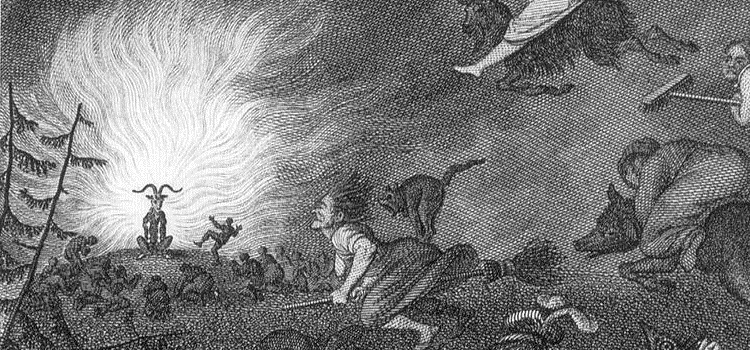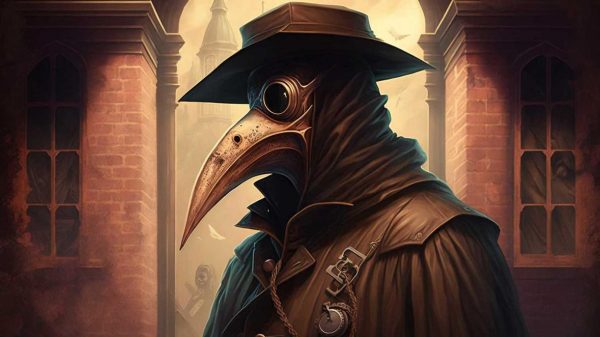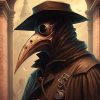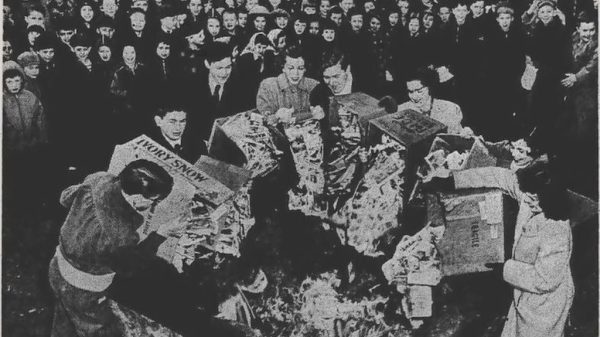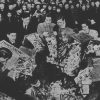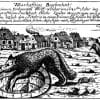Deep in the forests of northern Germany lays the highest peak of the Harz Mountains, Brocken. It is here that in pre-Christian times the locals would eat magic mushrooms, give sacrifices, and dance around bonfires on the eve of May, all for the purpose of bringing in a fertile spring. This is the image of Walpurgisnacht, or Hexennacht (Witches Night). Popularized later by Goethe’s play Faust, this became a popular image to conjure when fictionalizing witches and their antics, although the holiday is little known to those outside Europe or to non-pagans – but Walpurgisnacht and the time of year in which it’s celebrated have an interesting history worth exploring.
The image I gave you of witches on top of the mountaintop, while stereotypical, began in ancient Germanic tradition of pagan rites of spring and fertility celebration. They made sacrifices to their gods for the sake of their crops, and they had orgies as a celebration of the coming warmth. Time passed, the area and its people became Christianized, which lead to the idea that on April 30th, witches gathered to cause general mischief and evil, and so traditions formed out of driving away said evil. Peasants partook in noisemaking, and towns would build large bonfires to keep witches out of the sky. They would burn straw men in the fires and old belongings for good luck. The Christians who had overtaken this area had also forbade anything remotely witchy, such as fortune telling, spell casting, and even proclaimed belief in things such as fae creatures and other old folklore.
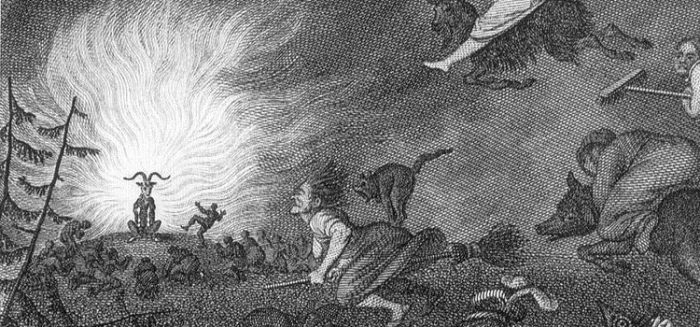
It was around this time that Walpurgisnacht got its name from the Christian Saint Walburga in an attempt to Christianize the day. Walburga was an English nun who came to Germany with the task of Christianizing the Saxons, and she became an abbess at the Heidenheim monastery. She became associated with the May eve holiday likely because of ease – she was believed to have been canonized on May 1st. This, combined with the church’s desire to oust the pagans as much as possible, leads to a strange marriage that has somehow lasted the years.
You may have noticed that Walpurgisnacht falls exactly half a year apart from Halloween – this is not a coincidence. Halloween happens on the same date as the Gaelic celebration of Samhain, and beginning at midnight on May 1st is Beltane; these festivals marked both the changes of seasons as well as the dates where the veil between our world and the world of spirits is thinnest. You could consider all of these holidays to be related; in their recognized dates, themes, and celebrations. Beltane, like Walpurgisnacht, involved dancing around large bonfires and bringing in the spring; though Beltane did not have problems in becoming a forced Christianized holiday like Walpurgisnacht did. The Romans also had a very similar holiday, Floralia, celebrating their goddess Flora – they would drink and dance all throughout late April to early May. It was considered a plebian holiday, and they would play many festival games during its celebration.
In the early 1900’s, after the holiday came back into the knowledge of the general populace mostly due to it appearing in a scene in Goethe’s Faust, a revivalist movement tried to bring the holiday back with new celebrations like fireworks and singing folk songs. This has continued to shift into modern Walpurgisnacht, which is still celebrated in a few Germanic countries as kind of “the other Halloween.” In Germany, they like to dress in costumes – such as a witch – and play pranks on one another. In Sweden, the ever present bonfires are lit and folk songs are sung. In Finland, the night is combined with May Day and is one of their most important holidays, which involves – what else – drinking. Then, of course, there are the modern day pagans around the world who celebrate in their own way, Witches Night.
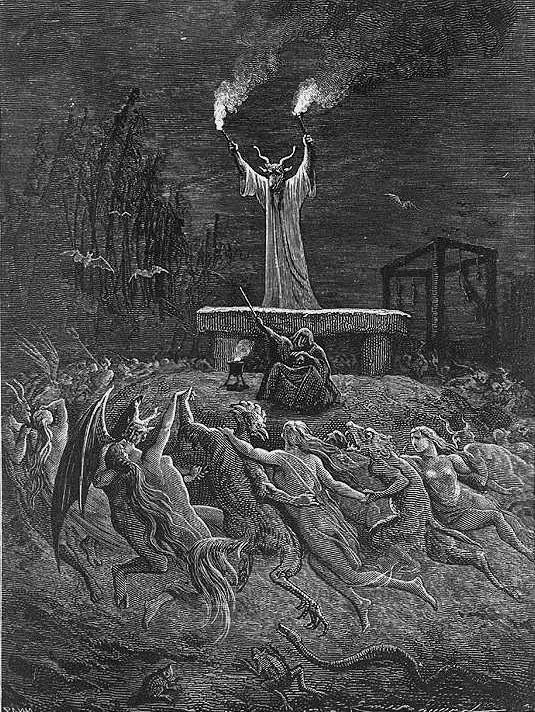
SOURCES:
Night of the Witches by Linda Raedisch

